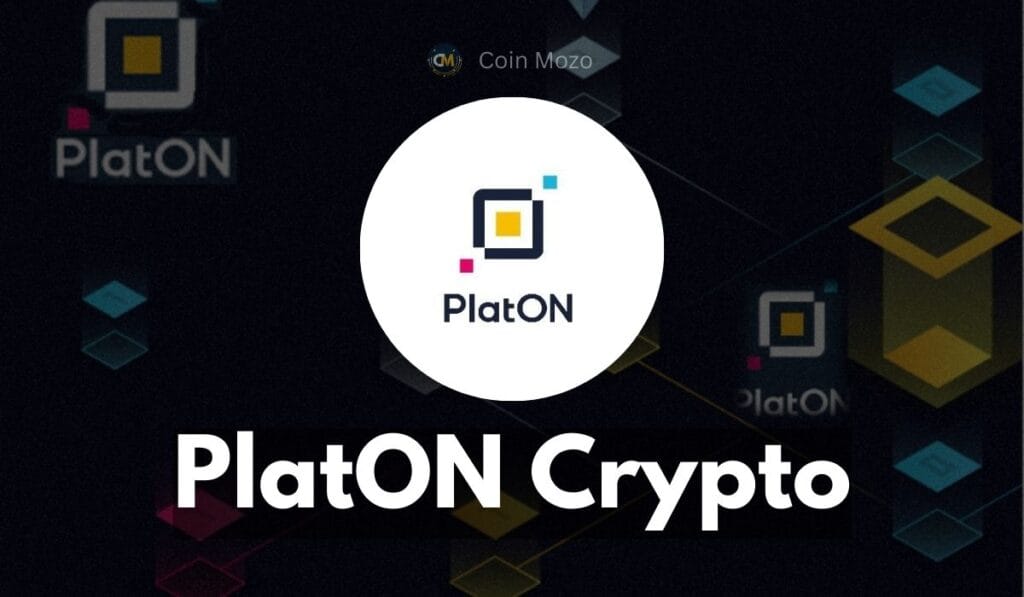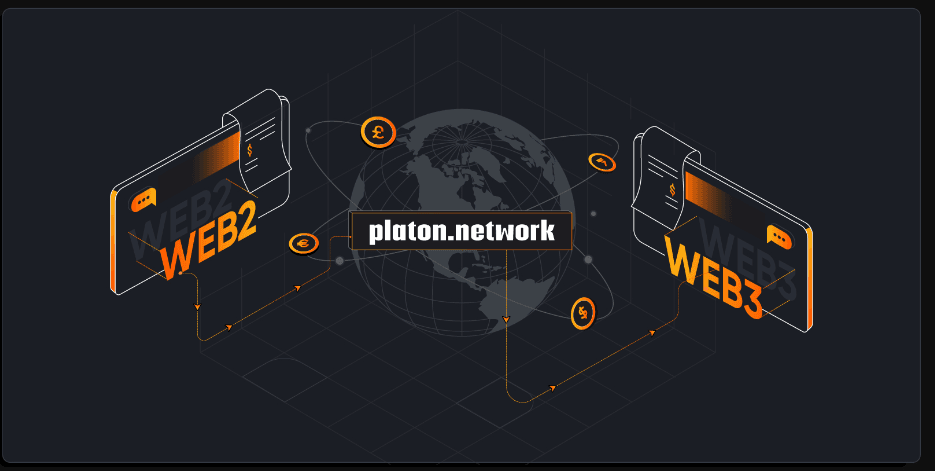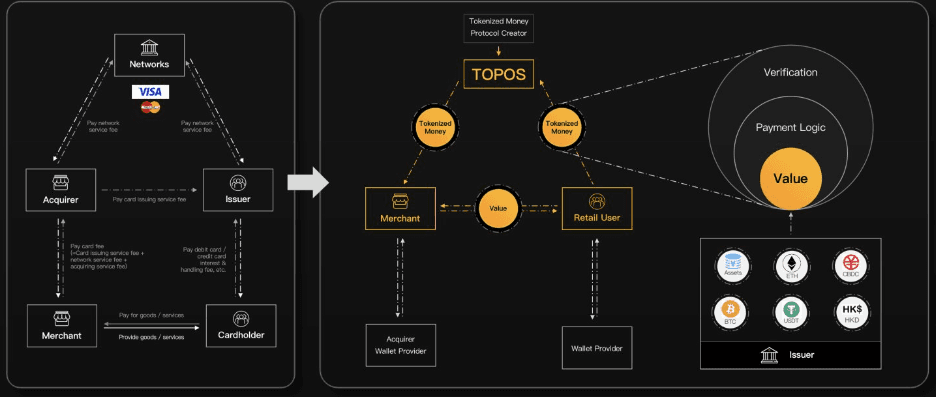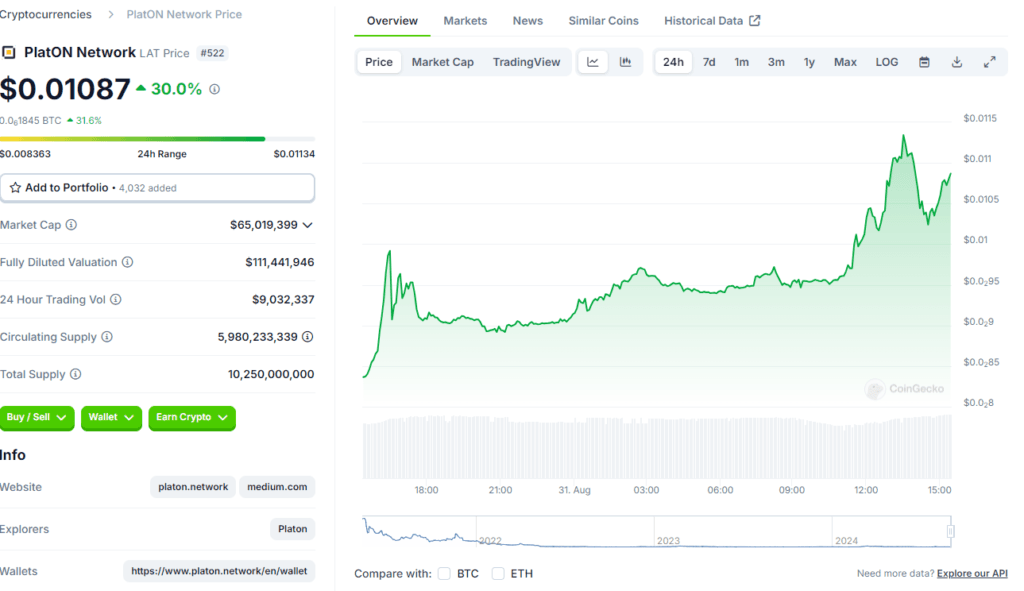PlatON crypto, supported by the LatticeX Foundation, aims to reshape global payment systems. It is creating a decentralized, tokenized payment infrastructure.
Finance is changing a lot as it moves from Web2 to Web3. This shift is like when the internet went from simple web pages to complex mobile apps a decade ago. PlatON is a key player in this transition. It aims to create a groundbreaking payment system for the Web3 world.

What is Web3 and Why is it Important?
Web3 is the next phase of the internet uses decentralized tech like blockchain. Web2 relies on central systems and middlemen. Web3 aims for a more open and transparent financial system. This new internet era will change how we handle money and transactions.
Reports say the global Web3 market could grow to $5.5 trillion by 2030. This big potential is driving interest in new payment systems that link traditional finance with the digital economy.
PlatON’s Vision: Becoming the ‘Visa of Web3’
PlatON crypto, backed by the LatticeX Foundation, is creating a global payment system for Web3 that doesn’t need traditional banks. Imagine it as a digital Visa for the blockchain world. PlatON aims to build an easy, efficient, and open payment system that works with both digital and real-world assets.
PlatON is working on a big project called TOPOS, which stands for Tokenized Open Payment Operating System. TOPOS aims to link financial institutions with real-world assets using tokenized money, creating a global, decentralized payment system. While TOPOS doesn’t directly process payments like Visa, it sets the standard for how blockchain-based transactions should be managed.

How PlatON’s Technology Works
PlatON crypto is using advanced blockchain technology and verifiable computation to ensure data security and accessibility. The platform facilitates global data sharing and peer-to-peer (P2P) computing power trading. It also supports artificial intelligence by providing large, compliant data channels, helping to build a trustless digital economy.
TOPOS operates as an open-loop system, similar to how Visa sets standards for payment processing without handling transactions directly. Users can create their own digital “MONEY” in Web3, which is used for secure value transfers. This system includes three key components: value locking, payment logic, and authorization mechanisms. This setup ensures that transactions are secure and controlled.

Merchants can hold Web3 assets in a non-custodial manner, meaning they retain control of their assets without needing a central authority. Payments and value exchanges are facilitated through standards set by acquiring institutions, wallet services, and other key players in the ecosystem.
Key Features and Products
PlatON crypto has introduced several key products to enhance its payment system:
– TOPOS MINT: This product ensures that all digital tokens comply with regulatory standards and manage the entire token lifecycle.
– TOPOS RemiNet: Designed for efficient, low-cost cross-border remittances, this product enables real-time transaction processing.
– TOPOS On-Chain Payment Acquiring: This feature allows for continuous digital transactions in multiple currencies, ensuring secure and instant payments on the PlatON blockchain.
– QRPAY: A payment method that uses QR codes for transactions.
– ZKPAY: This method leverages zero-knowledge (ZK) proofs to verify payments without revealing sensitive information.
Real-World Impact and Future Goals
PlatON crypto has already achieved several milestones. For instance, DCS Card Centre, a major card service provider, became the first to use the PlatON network with its DUSD payment token. PlatON has also collaborated with third-party payment providers like All IN Pay and dtcpay to expand its services.

Moreover, PlatON crypto and TradeGo have piloted digital currency payments through electronic bills of lading. This integration of blockchain technology with digital currencies and smart contracts aims to improve international trade payment processes and cut down on transaction costs.
Looking ahead, PlatON crypto is focused on enhancing its technology and ecosystem to boost payment efficiency, security, and exchange capabilities. As the financial industry adopts Web3 technologies, we can expect more transparency. Systems will be decentralized. They will also be more user-friendly.
In conclusion, moving from Web2 to Web3 isn’t just about better technology; it’s a whole new way of thinking about and using money. PlatON crypto is leading this change by creating a payment system that fits the new digital world. As Web3 technologies evolve, they promise to offer more efficient and accessible financial solutions, making digital currencies a standard tool for everyday transactions.
Also Read:- Telegram CEO Pavel Durov Released on €5 Million Bail
